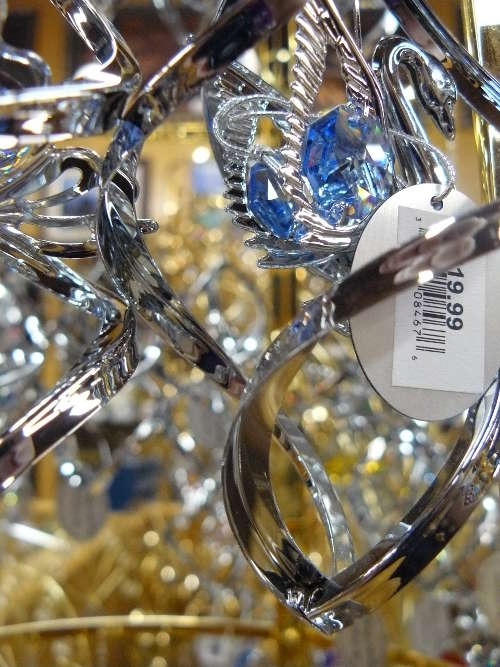 Location Taken: Banff, Alberta
Location Taken: Banff, Alberta
Time Taken: June 2010
Relevance to post: Minimal
Every time I hear a prediction along the lines of “in 50 years, we’ll completely run out of X!!”, I just pause and think of aluminum.
I doubt you’ve ever really thought about aluminum, have you? It’s so, well, common. You find it in everything from airplanes to cans, anything that needs a good lightweight metal. It’s so cheap we even wrap up food with aluminum foil and then just toss out the foil when we’re done with it. Imagine doing that with gold foil or the like! It’d be absurd, right?
Less than 150 years ago, aluminum was one of the most expensive metals on the planet, up to and including being more expensive than gold.
You see, while approximately 8% of the planet’s surface is aluminum, it’s actually really hard to find naturally pure aluminum. Almost all of it is locked away in one ore or another, mostly bauxite, none of which complied with the standard method of extracting metals from ores (aka heating it a whole heck of a lot). And the few alternate processes that they figured out were highly expensive in and of themselves, using elements that were also rather rare. So while it was and is a common element, we couldn’t actually DO anything with most of it.
Which, of course, made the little aluminum humans found exceedingly valuable. An amazingly bright, amazingly lightweight, amazingly rare metal? It’s no wonder royalty and other governments avidly collected and displayed it. Heck, when the Washington Monument was completed in 1884, the builders chose to show the power of the United States by capping it with a massive 100 ounce piece of aluminum, the largest solid piece ever made!
Well, for at least two more years of “ever”. In 1886, two different scientists, Charles Martin Hall and Paul Héroult, were playing around with the cutting edge of science, which at the time was electricity, and applying it to the aluminum problem. Almost simultaneously, they both figured out how to use an electric current to draw the pure aluminum away from all the other stuff in the bauxite ore. They both told others of their discovery, which became known as the Hall-Héroult process, and started production. The price of aluminum dropped through the floor. It didn’t even take five years before that priceless capstone became just a lump of cheap metal.
Now, back to my initial thought. The reason why I always take any prediction on the 50+ year scale with a major grain of salt is because science never stays still. The people making those predictions might be using the best data available, and extrapolating it out to a logical and well-supported end point. But extrapolation always assumes nothing changes. And things are always changing. Now, this isn’t my saying “ignore the predictions entirely”, but more an “expect things to change as we react to the forces that caused the prediction to happen in the first place”.
After all, tell anyone in 1870 that aluminum would one day be used for pop cans, and they’d have laughed at your wild imagination. Any world where anyone could buy large amounts of aluminum with pocket change must be a world of unimaginable riches!
…Which, admittedly, to 1870’s eyes, today’s world is.
